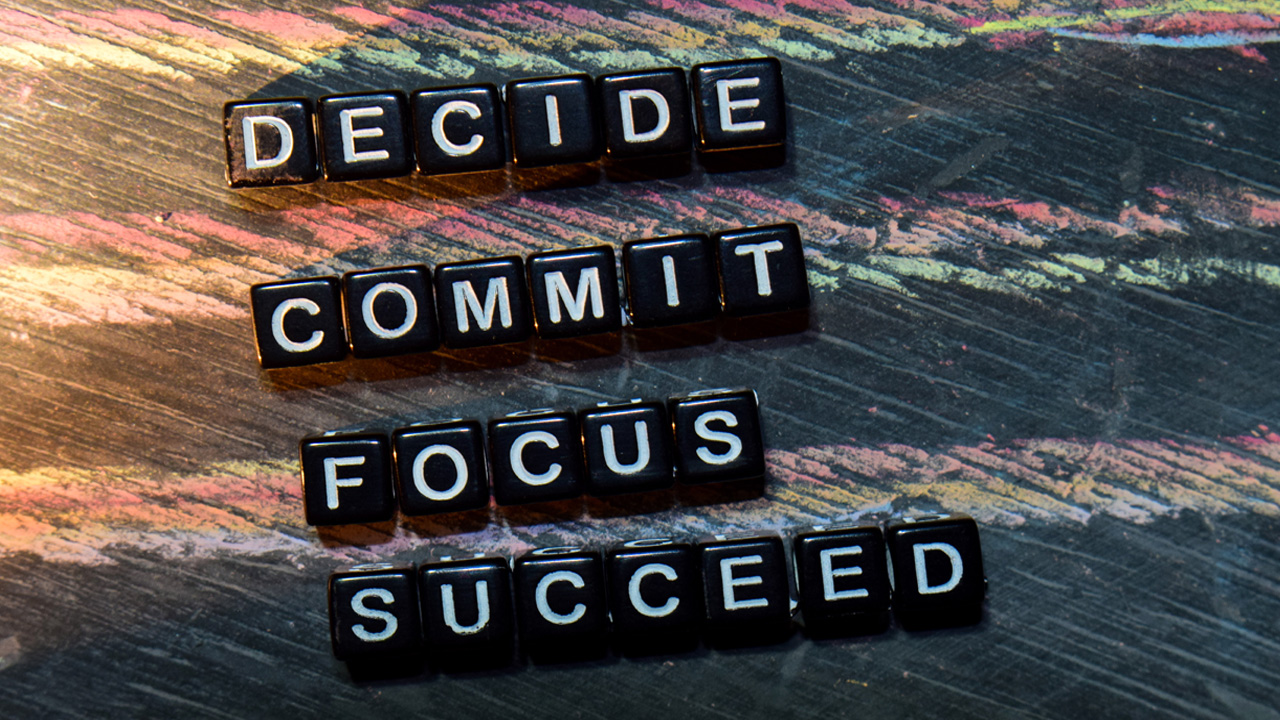
Ryan Estis
Contributing Writer
Keynote Speaking & Cooperate Training
Have you heard of the Stanford marshmallow experiment? About 50 years ago, Dr. Walter Mischel conducted an experiment on delayed gratification with a group of young children. The children were offered the opportunity to have one marshmallow — but if they waited 15 minutes, they would receive two.
During an interview with the New York Times in 2014, Dr. Mischel said the test was an exemplar of two parts of our brain. First is the limbic system, which is what controls our need for immediate gratification. The second part, our prefrontal cortex, handles our goals.
But many times, these two parts of our brain are at war with each other, making it more difficult to achieve our goals. I’ll use an example from my life. When I was starting my business, I spent most weekends playing 36 holes of golf. It was fun. I drank beer, hung out with my friends, and I had a killer short game.
However, it was sapping my energy and depleting my bank account — and I knew it.
Then, a meeting with a mentor introduced me to the concept of a “Quit List,” a list of things I would temporarily eliminate so I could attack my new venture with focus and commitment. I made a long list: golf, eating out, happy hour. My probability for success dramatically increased.
It turns out, my mentor was right. This very specific moment in time simply required more of me. When I felt comfortable reintegrating some of these things in my life, it was all the more satisfying. However, I haven’t played a round of golf in a decade.
If you want to build something special, a measure of sacrifice is always required.

